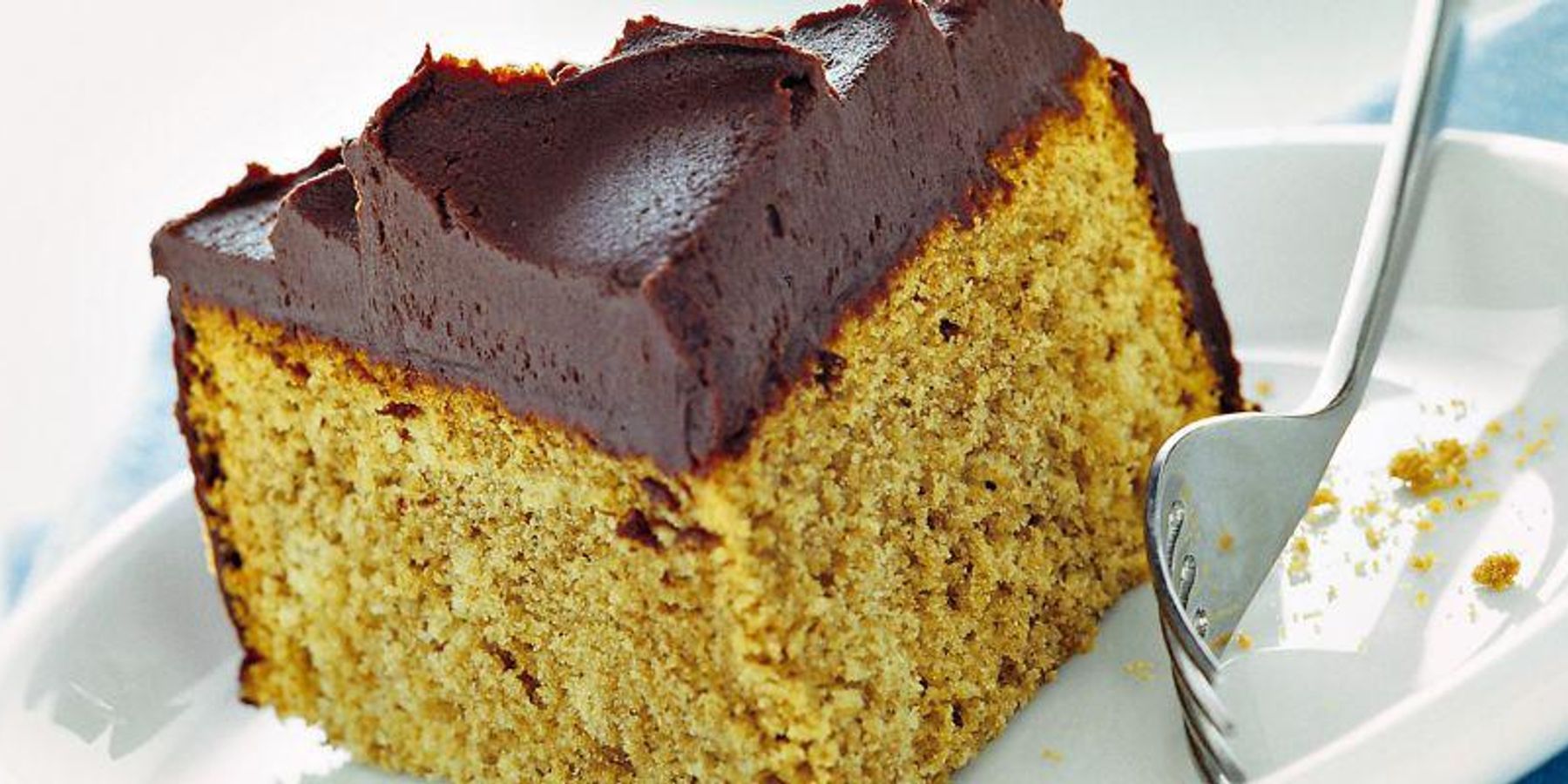
Of red lentils or green peas, but also of chickpeas and beans, choose it for different first courses, rich in proteins
It is the latest in fusilli, penne and company: the paste of beans, made from red lentils, green or yellow peas, chickpeas, beans, blacks and even soybeans, it is appearing on the shelves of shops dedicated to 'natural food and also appears in the most well-stocked retail outlets.
A recent product but already quite successful, for its nutritional qualities and also because it brings to the table a tasty alternative to the "usual" pasta.
How it's made (and why)
Pasta is made, in all its forms, from flour and water . The dry one we are used to is obtained, as we know, from durum wheat semolina but there are many varieties that use different flours: soft wheat (this is the case of fresh egg pasta), buckwheat, wholemeal, spelled and so on.
Recently, thanks to the increase in food intolerances , several pasta factories have started experimenting with gluten-free flours, from rice to corn. And it is on this vein that the pasta made with 100% legume flour is grafted. Although not all references are certified gluten free, because they could be produced in factories that also process wheat flour.
The positive note is that, being dedicated to a target attentive to the wholesomeness of food, these pastas are almost always of organic origin.
The nutritional qualities
From a caloric point of view, the numbers between one pasta and another do not change: that of legumes has, like that of semolina, about 350 calories per 100 g . What changes are the substances that provide energy: proteins for about 20%, while carbohydrates are around 50%. The rest are mostly fibers .
To make the comparison with semolina pasta, it provides on average 10% of proteins and 70% of starches, with a negligible amount of fiber (2-3%).
It immediately catches the eye, therefore, that from a nutritional point of view it is a completely different product. Especially for those who have to deal with the glycemic index , the mechanism by which an ingested food causes blood sugar, or the amount of sugar in the blood, to rise (and then decrease) more or less rapidly.
This index is low in legumes and in foods rich in fiber, high in the starches of common pasta and the sense of satiety depends on it.
If it is low , hunger is immediately satisfied and the effect lasts for a long time. If it is high , there is an immediate "belly full" effect but also a spike in blood sugar followed by a sudden drop, so that the appetite will return soon.
It is not difficult to understand that this "swing" between a sense of hunger and satiety is to be avoided not only for those with serious weight problems (in addition to serious diseases such as diabetes), but also for those who simply decide to go on a diet for a few days, perhaps in view of the costume fitting.
The only precaution is to reduce the doses : those recommended are generally around 65-70 g per portion. This is to not overdo the protein intake.
What does it taste like?
Compared to pasta made from cereals other than wheat, in the kitchen it yields in some ways better because it holds more cooking and is also tastier, not as neutral as that of rice nor as markedly "polenta-flavored" as that of corn.
Of course, the taste of the starting legumes is always quite perceptible. But since pasta dishes with beans, chickpeas or lentils are part of our tradition, in the end it is not so strange.
Rather it is necessary to choose well the food combinations .
Although traditional legume recipes often include cured meats (from pancetta to the classic ham bone in pasta and beans), in this case it is better to focus on vegetable dressings and extra virgin olive oil , so as not to overdo the protein intake and do not negate the health benefits by enriching the dish with saturated fats.
The most successful combinations
Thus, the pea paste will be delicate and suitable, for example, for the combination with spring onions, leeks, lettuce, mint , while those of chickpeas, beans and green lentils will marry the intense aromas of sage, rosemary, red onion, cabbage, cabbage .
Interesting is the red lentil paste, legumes widely used in Indian cuisine, which can be tried with a vegetable ragout scented with curry, turmeric, cumin seeds .
Exotic suggestions also for the pastes made from soy, such as those of azuki beans or the edamame green soy noodles: these have a characteristic note, slightly sour and a little particular, which is not always liked but still goes well with spicy and oriental condiments , such as chili, soy sauce, sesame oil . In short, a must try if you are curious and love strong flavors.
Speaking of soy, it should be emphasized that, despite the name, the "cellophane noodles" are not part of the category of pasta mentioned: thin and transparent Chinese vermicelli which, unlike the products seen so far, have a high carbohydrate content and few proteins and are, therefore, nutritionally different and less interesting.






